| 结构式 | 名称/CAS号 | 全部文献 |
|---|---|---|
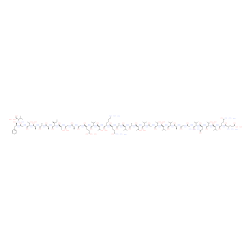 |
α-Synuclein (61-95) (human) trifluoroacetate salt
CAS:154040-19-4 |
|
 |
N-乙酰半胱氨酸
CAS:616-91-1 |
|
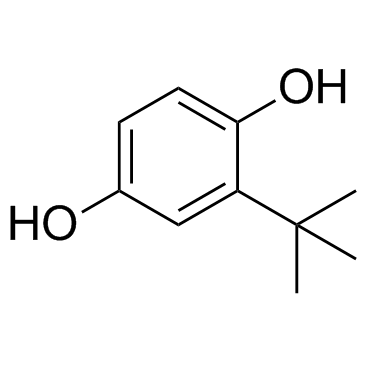 |
叔丁基对苯二酚(TBHQ)
CAS:1948-33-0 |
|
 |
二氢若丹明123
CAS:109244-58-8 |
|
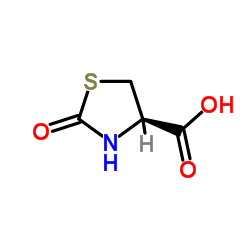 |
L-2-噻唑林二酮-4-甲酸
CAS:19771-63-2 |
|
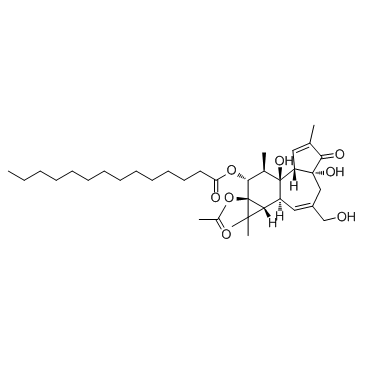 |
12-O-十四烷酰佛波醋酸酯-13
CAS:16561-29-8 |
|
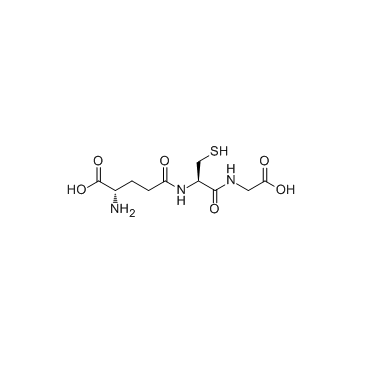 |
谷胱甘肽/5-L-谷氨酰-L-半胱氨酰甘氨酸
CAS:70-18-8 |
|
 |
DL-甘油醛-3-磷酸
CAS:591-59-3 |
|
 |
喷司他丁
CAS:53910-25-1 |
|
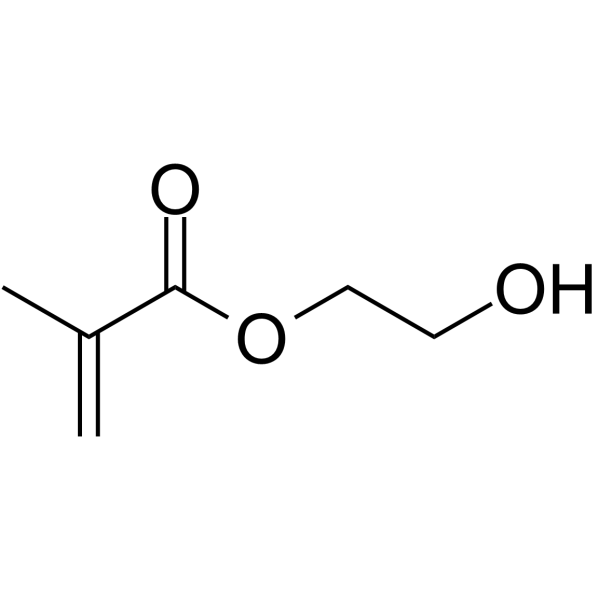 |
甲基丙烯酸羟乙酯
CAS:868-77-9 |